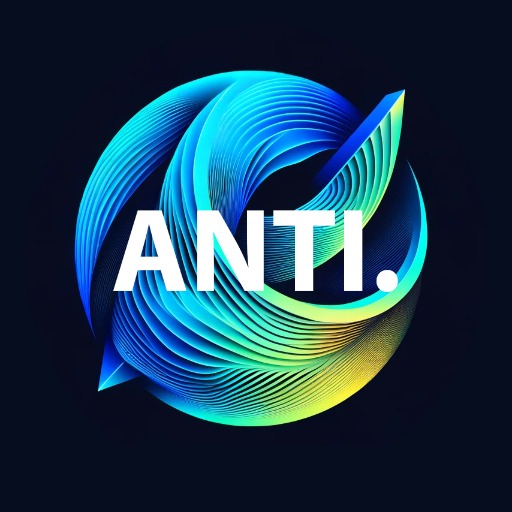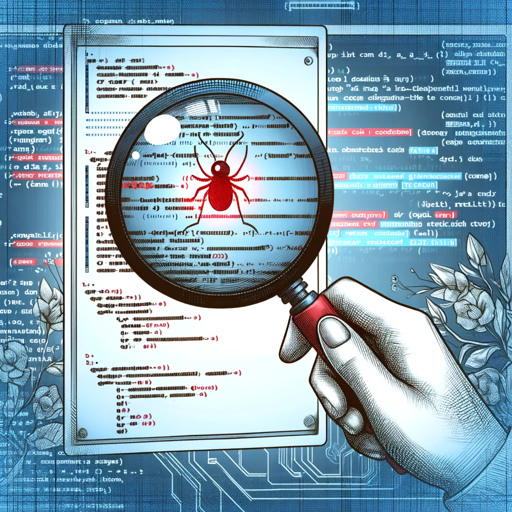Brainstorming: Six Thinking Hats-structured brainstorming and decision-making tool.
AI-powered structured brainstorming made simple.
Based on the Six Thinking Hats methodology, this GPT offers diverse, expert insights by embodying six unique decision-making personas (Hats).
How do you work?
Help me think of a startup business
How can I be more productive today?
What are the future trends in AI?
Related Tools

Creative Answers & Brainstorm GPT
4.5 ★ The most creative answers GPT4o can make. ⚠️ You can skip all reasoning and just read the final part. ⚠️ P.S. If any ideas you don't like, it's important to tell GPT why and point them out

Strategy
Use military strategy to solve problems you can't solve (Family disputes, workplace problems, etc.). Talk to me about your work or life problems.

Idea Generator - BRAINSTORMER v2
stunspot's ideation generator! Ideas for days!

Idea Loop
Self-guided ideation agent with a 'chain of thought' process.

Concept Map
Creating detailed concept maps of Solana's blockchain technology, focusing on key concepts, main ideas, and terms.

Brainstorm Buddy
Simply better ideas with interactive brainstorming assistance. Designed for a wide range of uses, like generating business names, strategies, or other professional and creative goals.
20.0 / 5 (200 votes)
Introduction to Brainstorming: Six Thinking Hats
Brainstorming: Six Thinking Hats is a decision-making and problem-solving system that leverages six distinct thinking styles, represented by 'Hats,' each embodying a unique perspective. This system, based on Edward de Bono's Six Thinking Hats method, allows for a structured approach to tackling complex issues by guiding participants through different modes of thinking. Each 'Hat' plays a critical role, ensuring that the discussion covers various angles—from factual analysis and risk assessment to emotional insight and creative ideation. For example, in a business meeting, the White Hat might focus on the data at hand, while the Green Hat encourages innovative solutions, and the Black Hat identifies potential risks. Together, these perspectives form a comprehensive strategy that aids in making well-rounded decisions.

Main Functions of Brainstorming: Six Thinking Hats
Structured Decision-Making
Example
In a corporate setting, when deciding on a new market strategy, the Six Thinking Hats framework can be used to ensure all perspectives are considered—from risks and benefits to emotional impacts and creative possibilities.
Scenario
A product launch meeting where each Hat is used in sequence to ensure a well-rounded decision, with the Blue Hat organizing the process, the White Hat providing data, and the Green Hat sparking new ideas.
Conflict Resolution
Example
In a team experiencing conflict over project direction, the Six Thinking Hats method allows members to express their thoughts in a structured manner. The Red Hat, for instance, can help surface underlying emotions, while the Black Hat identifies potential problems.
Scenario
A team meeting where disagreements over project priorities are resolved by systematically addressing each concern using the Hats, leading to a consensus that considers both logic and emotion.
Innovation and Creativity
Example
When a company needs to innovate, the Green Hat's role becomes crucial. It encourages out-of-the-box thinking, leading to novel ideas that might not have surfaced in a traditional brainstorming session.
Scenario
An innovation workshop where the Green Hat leads the team in exploring unconventional approaches, resulting in breakthrough ideas for product development.
Ideal Users of Brainstorming: Six Thinking Hats
Corporate Teams
Corporate teams, especially those involved in strategic planning, product development, or management, benefit greatly from the Six Thinking Hats system. The method helps in balancing analytical thinking with creativity and emotional intelligence, leading to well-rounded decisions that are critical in high-stakes business environments.
Educators and Facilitators
Educators and facilitators who aim to teach critical thinking and decision-making skills find the Six Thinking Hats method invaluable. By guiding students or participants through each Hat's perspective, they can foster a deeper understanding of complex issues and encourage balanced, thoughtful deliberation.

How to Use Brainstorming: Six Thinking Hats
Visit aichatonline.org for a free trial without login, also no need for ChatGPT Plus.
Start by visiting the provided website to access the tool without any need for login or subscription. This step ensures that you can immediately begin exploring the Six Thinking Hats method.
Familiarize Yourself with the Six Hats
Understand the role of each hat: Blue (Organizer), Green (Innovator), Red (Empath), Yellow (Optimist), Black (Realist), and White (Analyst). Knowing the function of each hat is essential to effectively guiding discussions and brainstorming sessions.
Define Your Problem or Task
Clearly outline the issue or challenge that needs to be addressed. Having a well-defined problem will help in steering the brainstorming session in a focused and productive direction.
Use the Hats in Sequence
Guide your team or personal thought process through each hat in a structured sequence. Start with the Blue Hat to organize, followed by other hats to explore ideas, analyze risks, evaluate benefits, and conclude with a summary.
Consolidate and Act on the Insights
Review the insights gained from each hat and formulate a concrete plan of action. This final step involves combining creative ideas, emotional perspectives, factual data, and practical considerations into a coherent strategy.
Try other advanced and practical GPTs
Midjourney Prompter
Elevate Creativity with AI-Powered Prompts.

Image Prompt Genius
Transform Your Ideas into Stunning Visuals with AI

PDF AI Reader Chat (4.1 ★)
AI-Powered PDF Analysis and Summarization.

Bilder erstellen
Create AI-driven visuals from text descriptions.

Advisory Board
AI-driven expert council for tailored solutions

Red Team Mentor
AI-driven Red Teaming Companion

Cute Cartoon Collection Digital-CashCow
Create AI-powered cute cartoons effortlessly.

Software Testing Mentor
AI-powered software testing expertise at your fingertips.

BrandCore® - The Smooth Strategy Start
AI-powered branding for strategic growth.

Text Formatter
AI-powered text formatting for any need.

Letter of Recommendation Expert
AI-powered support for personalized recommendation letters

A Mente Mestra
AI-powered insights through collaborative minds.

- Decision Making
- Strategic Planning
- Conflict Resolution
- Creative Brainstorming
- Problem Analysis
Brainstorming: Six Thinking Hats Q&A
What is the main purpose of the Six Thinking Hats method?
The Six Thinking Hats method is designed to facilitate effective decision-making and problem-solving by encouraging individuals and teams to consider different perspectives. It organizes thoughts into six distinct modes, helping to structure discussions and ensure comprehensive analysis.
How can I effectively manage a brainstorming session using this method?
Begin by clearly defining the problem or task. Then, sequentially guide participants through each hat, ensuring that they fully engage with the specific type of thinking each hat represents. Use the Blue Hat to maintain focus and organize the process throughout the session.
What are some common use cases for the Six Thinking Hats?
Common use cases include strategic planning, creative brainstorming, conflict resolution, decision-making, and academic discussions. The method is versatile and can be applied to any situation where diverse perspectives are beneficial.
Can the Six Thinking Hats method be used individually?
Yes, the method is highly effective for individual use. It helps in organizing personal thoughts, analyzing problems from different angles, and making well-rounded decisions. It's a structured way to ensure all aspects of an issue are considered.
How does the Six Thinking Hats method differ from traditional brainstorming?
Unlike traditional brainstorming, which can be chaotic and unfocused, the Six Thinking Hats method provides a structured approach. It ensures that participants consider all aspects of a problem, from creative solutions to potential risks, resulting in more balanced and thorough outcomes.